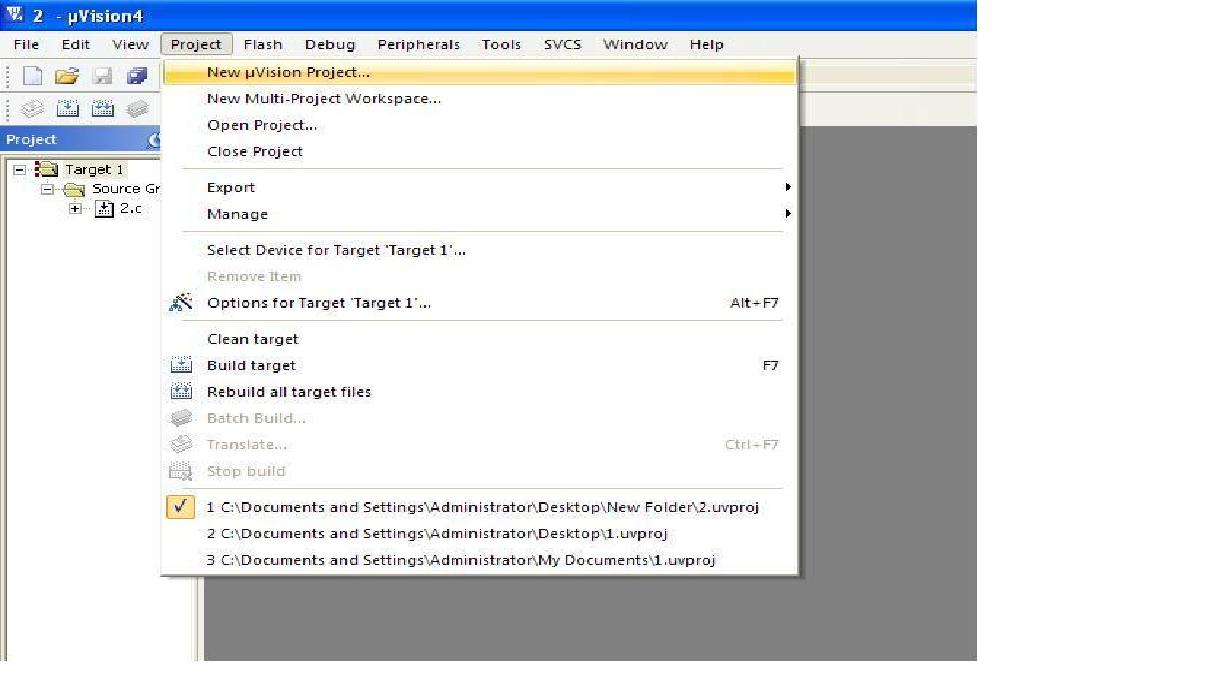Listing Program At89s51 Temperature
Composite Pressure Vessels Pdf Reader. New: A brand-new, unused, unopened, undamaged item in its original packaging (where packaging is applicable). Packaging should be the same as what is found in a retail store, unless the item is handmade or was packaged by the manufacturer in non-retail packaging, such as an unprinted box or plastic bag. See the seller's listing for full details. Brand: Does not apply Speed: 24MHz MPN: AT89S51-24JC Connectivity: UART/USART Package: 44-LCC (J-Lead) Peripherals: WDT Description: IC 8051 MCU 4K FLASH 44PLCC Number of I /O: 32 Number of Items: 1 PCS Program Memory Size: 4KB (4K x 8) Core Processor: 8051 Program Memory Type: FLASH Core Size: 8-Bit UPC: Does not apply.
Intel P8051 microcontroller. The MCS-51 (commonly termed 8051) is an internally, (CISC), single chip (µC) series developed by in 1980 for use in. Intel's original versions were popular in the 1980s and early 1990s and enhanced derivatives remain popular today. Intel's original MCS-51 family was developed using N-type metal-oxide-semiconductor () technology like its predecessor, but later versions, identified by a letter C in their name (e.g., 80C51) used complementary metal–oxide–semiconductor () technology and consume less power than their NMOS predecessors. This made them more suitable for battery-powered devices.


This series is not my original project, I trace the series of files and program from the internet, there is no chance the program listing. Gambar Skema Rangkaian Downloader AT89S51/AT89S52 picture above shows the circuit diagram of the in-system programmer interface, the power to the interface is provided by the target.
The family was continued in 1996 with the enhanced MCS-151 and the 8// MCS-251 family of binary compatible microcontrollers. While Intel no longer manufactures the MCS-51, MCS-151 and MCS-251 family, enhanced derivatives made by numerous vendors remain popular today. Some derivatives integrate a (DSP).
Beyond these physical devices, several companies also offer MCS-51 derivatives as for use in (FPGA) or (ASIC) designs. Intel D87C51 microcontroller Intel discontinued its MCS-51 product line in March 2007; however, there are plenty of enhanced 8051 products or added regularly from other vendors. The 8051's predecessor, the, was used in the keyboard of the first, where it converted keypresses into the serial data stream which is sent to the main unit of the computer. The 8048 and derivatives are still used today for basic model keyboards.
The 8031 was a reduced version of the original 8051 that had no internal program memory ( (ROM)). To use this chip, external ROM had to be added containing the program that the 8031 would fetch and execute. An 8031 chip could be sold as a ROM-less 8051, as the 8051's internal ROM is disabled by the normal state of the EA pin in an 8031-based design. A vendor might sell an 8051 as an 8031 for any number of reasons, such as faulty code in the 8051's ROM, or simply an oversupply of 8051s and undersupply of 8031s.
The 8052 was an enhanced version of the original 8051 that featured 256 bytes of internal RAM instead of 128 bytes, 8 KB of ROM instead of 4 KB, and a third 16-bit timer. Most modern 8051-compatible microcontrollers include these features. The 8032 had these same features as the 8052 except lacked internal ROM program memory. The 8751 was an 8051 with 4 KB EPROM instead of 4 KB ROM.
They were identical except for the non-volatile memory type. This part was available in a ceramic package with a clear window over the top of the die so could be used to erase the memory. Related parts are: 8752 had 8 KB EPROM, 8754 had 16 KB EPROM, 8758 had 32 KB EPROM. The 80C537 and 80C517 are versions, designed for the. Enhancements mostly include new peripheral features and expanded arithmetic instructions.
The 80C517 has fail-safe mechanisms, analog signal processing facilities and timer capabilities and 8 KB on-chip program memory. Other features include: • 256 byte on-chip RAM • 256 directly addressable bits • External program and data memory expandable up to 64 KB • 8-bit A/D converter with 12 multiplexed inputs • Arithmetic unit can make division, multiplication, shift and normalize operations • Eight data pointers instead of one for indirect addressing of program and external data memory • Extended watchdog facilities • Nine ports • Two full-duplex serial interfaces with own baud rate generators • Four priority level interrupt systems, 14 interrupt vectors • Three power saving modes • Intel MCS-51 •. STC Micro STC89C52 Other ICs or IPs compatible with the MCS-51 have been developed by, Integral, Kristall, and NIIET. Use as intellectual property [ ] Today, 8051s are still available as discrete parts, but they are mostly used as cores.
[ ] Available in high-level language source code ( or ) or forms, these cores are typically integrated within embedded systems, in products ranging from to washing machines to complex wireless communication. Designers use 8051 silicon IP cores, because of the smaller size, and lower power, compared to 32 bit processors like, and BA22.